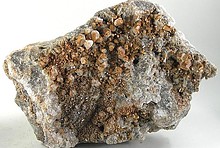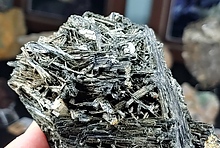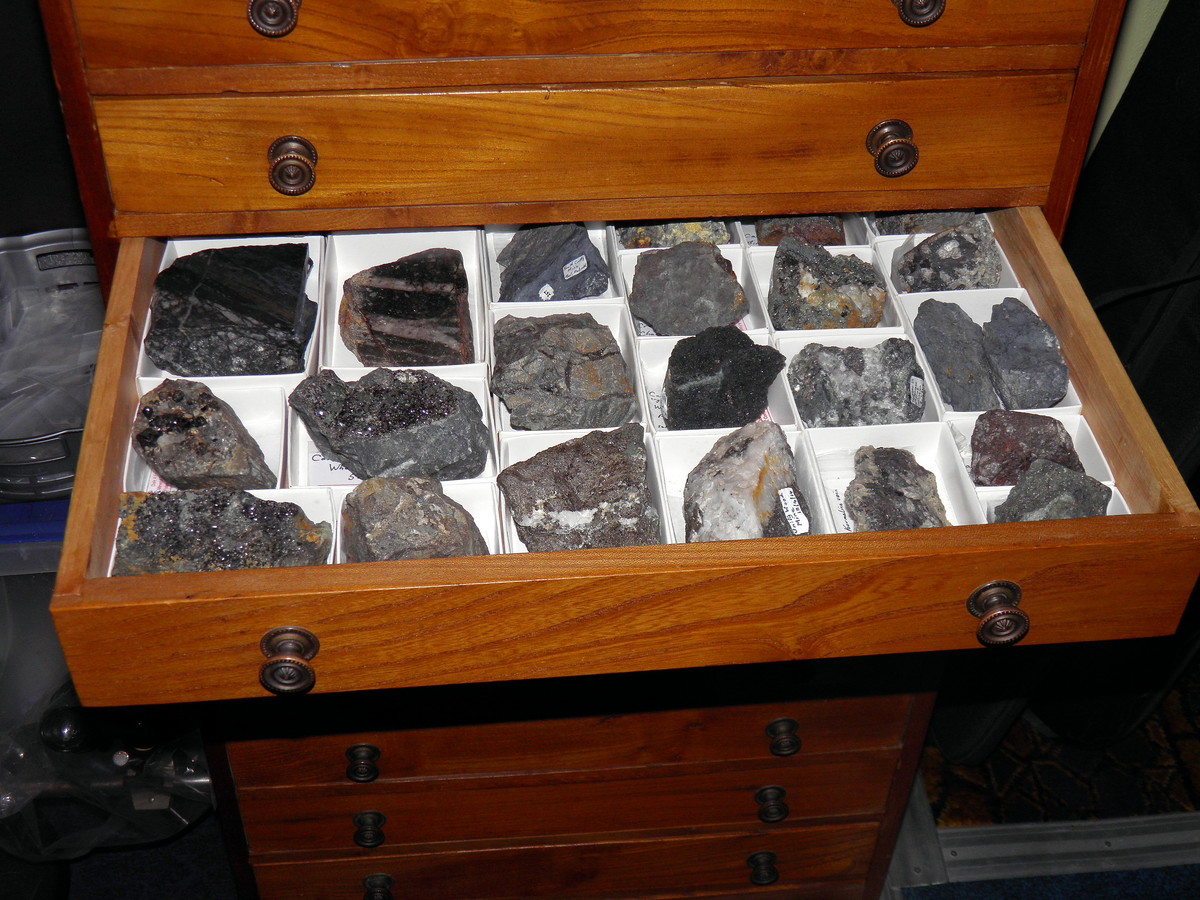Home PageAbout MindatThe Mindat ManualHistory of MindatCopyright StatusWho We AreContact UsAdvertise on Mindat
Donate to MindatCorporate SponsorshipSponsor a PageSponsored PagesMindat AdvertisersAdvertise on Mindat
Learning CenterWhat is a mineral?The most common minerals on earthInformation for EducatorsMindat ArticlesThe ElementsThe Rock H. Currier Digital LibraryGeologic Time
Minerals by PropertiesMinerals by ChemistryAdvanced Locality SearchRandom MineralRandom LocalitySearch by minIDLocalities Near MeSearch ArticlesSearch GlossaryMore Search Options
The Mindat ManualAdd a New PhotoRate PhotosLocality Edit ReportCoordinate Completion ReportAdd Glossary Item
Mining CompaniesStatisticsUsersMineral MuseumsClubs & OrganizationsMineral Shows & EventsThe Mindat DirectoryDevice SettingsThe Mineral Quiz
Photo SearchPhoto GalleriesSearch by ColorNew Photos TodayNew Photos YesterdayMembers' Photo GalleriesPast Photo of the Day GalleryPhotography
╳Discussions
💬 Home🔎 Search📅 LatestGroups
EducationOpen discussion area.Fakes & FraudsOpen discussion area.Field CollectingOpen discussion area.FossilsOpen discussion area.Gems and GemologyOpen discussion area.GeneralOpen discussion area.How to ContributeOpen discussion area.Identity HelpOpen discussion area.Improving Mindat.orgOpen discussion area.LocalitiesOpen discussion area.Lost and Stolen SpecimensOpen discussion area.MarketplaceOpen discussion area.MeteoritesOpen discussion area.Mindat ProductsOpen discussion area.Mineral ExchangesOpen discussion area.Mineral PhotographyOpen discussion area.Mineral ShowsOpen discussion area.Mineralogical ClassificationOpen discussion area.Mineralogy CourseOpen discussion area.MineralsOpen discussion area.Minerals and MuseumsOpen discussion area.PhotosOpen discussion area.Techniques for CollectorsOpen discussion area.The Rock H. Currier Digital LibraryOpen discussion area.UV MineralsOpen discussion area.Recent Images in Discussions
Field CollectingAny good ways to store minerals?

16th May 2018 15:09 UTCAdamOnMindat

16th May 2018 16:55 UTCBob Harman
I use plastic storage boxes. They are easily obtained in many stores including Walmart, Lowe's, hardware stores etc, etc. Sixteen quart size is an easily handled size for medium to cabinet size specimens. The plastic boxes are water proof, of good sturdy quality, and can be stacked, either full or empty. For packing, I prefer thin plastic type film such as for protecting clothes obtained at the dry cleaners. Crushed up newspapers or their plastic wrappers are also fine. Gently put the specimens into the box surrounded by the film until steady. More than 1 example can be added to the box, each one surrounded by the film so specimen movement is lessened. Label the outside of each box with masking tape so you know exactly what is inside each box. Then the boxes can be stacked and stored out of the way.
CHEERS.......BOB

16th May 2018 17:17 UTCEd Clopton 🌟 Expert

16th May 2018 18:33 UTCHiro Inukai
Plastic (low-density polyethylene) is non-reactive to the vast majority of mineral specimens.
It isn't made of fibers compressed together, so unlike paper, cotton, or synthetic batting material, will not leave loose fibers on the specimen.
If not imprinted with inks or dyes, it won't transfer these to the mineral or react chemically. Some minerals can react or degrade when left in prolonged contact with printed inks.
The main disadvantage of plastic is that it's not environmentally friendly; but you can reuse it, and you can actually help to recycle some of it by using it for such a purpose.
In my opinion, very fragile specimens should be mounted in their own box, then stored. I would never take a specimen that might be easily damaged and just wrap it and stash it away without putting it in its own protective box.
16th May 2018 20:08 UTCMark Heintzelman 🌟 Expert
I'm currently in the middle of building out my own custom drawer system (and will be for some time, it's a big job). The collection has gotten far too large for those "catchers catch can" solutions, and I'm looking forward to finally having uniformity, accessibility and interchangeable custom fit storage.
MRH

17th May 2018 02:27 UTCEd Clopton 🌟 Expert

17th May 2018 03:08 UTCWayne Corwin
17th May 2018 07:28 UTCDale Foster Manager
They come in two main drawer depths that are suited to differing sized specimens.
This wooden cabinet originally belonged to a well known Cornish mineral dealer, I acquired it from him after he retired, it is sturdy and holds quite large specimens:
For the larger pieces I have an old Globe-Wernick lawyers type bookcase and another display case.

20th May 2018 09:46 UTCUwe Ludwig
Rgds.
Uwe Ludwig
20th May 2018 10:49 UTCLuca Baralis Expert
I don't have long time experience with toilet or blotting kitchen papers, but paper from daily newspapers tends to become brittle and break in fragment with time, and it could stain some sensitive specimen. And paper from magazines is usually not soft enough.

20th May 2018 15:18 UTCDonald B Peck Expert
20th May 2018 15:29 UTCAdam Kelly
It works pretty well for most anything, and you can often get it for free.
I like Viva paper towels, they are almost cloth like and kinda stick to themselves to stay closed.
On more delicate specimens, I wrap them in a layer of TP first.
For travel, I have several friends that use gun cases.
These can be picked up at most sporting goods stores for a reasonable price.
Travel in general is not recommended for delicate pieces.
AK

20th May 2018 19:09 UTCDoug Schonewald

20th May 2018 22:49 UTCRolf Luetcke Expert
You talked about "storage" and I wondered if you were talking about what the above people have already mentioned or "overflow" material you don't need to get to all the time.
We have the drawer system for our collection but for further storage we have "stock" and in the US many people use the cardboard "beer flats" that they ship beer, soda and many other products to stores.
We use those in bottoms and lids for storage.
See examples.
Hope this helps a bit. I make the paper boxes for the individual specimens in most cases but often they can be purchased already cut to proper size only folding required.

21st May 2018 02:26 UTCHolger Hartmaier 🌟
Attachments
You need to be logged in to view attachments.
21st May 2018 23:39 UTCEric D. Fritzsch 🌟
Ideally these could be a little taller, on glider slides, and lockable but they serve my purpose. One warning is that the drawers pull out all the way (no stopper). That is good for the collector but can be problematic if you have visitors who do not know they pull all the way out.
For larger specimens, I use flats and boxes. I have several display cases, but not enough room to display all specimens. The Helmer cases make a simple and quick way to inspect specimens. I can also easily organize my collection by Country, State, for quick comparison.
Mindat.org is an outreach project of the Hudson Institute of Mineralogy, a 501(c)(3) not-for-profit organization.
Copyright © mindat.org and the Hudson Institute of Mineralogy 1993-2024, except where stated. Most political location boundaries are © OpenStreetMap contributors. Mindat.org relies on the contributions of thousands of members and supporters. Founded in 2000 by Jolyon Ralph.
Privacy Policy - Terms & Conditions - Contact Us / DMCA issues - Report a bug/vulnerability Current server date and time: April 16, 2024 11:08:49
Copyright © mindat.org and the Hudson Institute of Mineralogy 1993-2024, except where stated. Most political location boundaries are © OpenStreetMap contributors. Mindat.org relies on the contributions of thousands of members and supporters. Founded in 2000 by Jolyon Ralph.
Privacy Policy - Terms & Conditions - Contact Us / DMCA issues - Report a bug/vulnerability Current server date and time: April 16, 2024 11:08:49






















